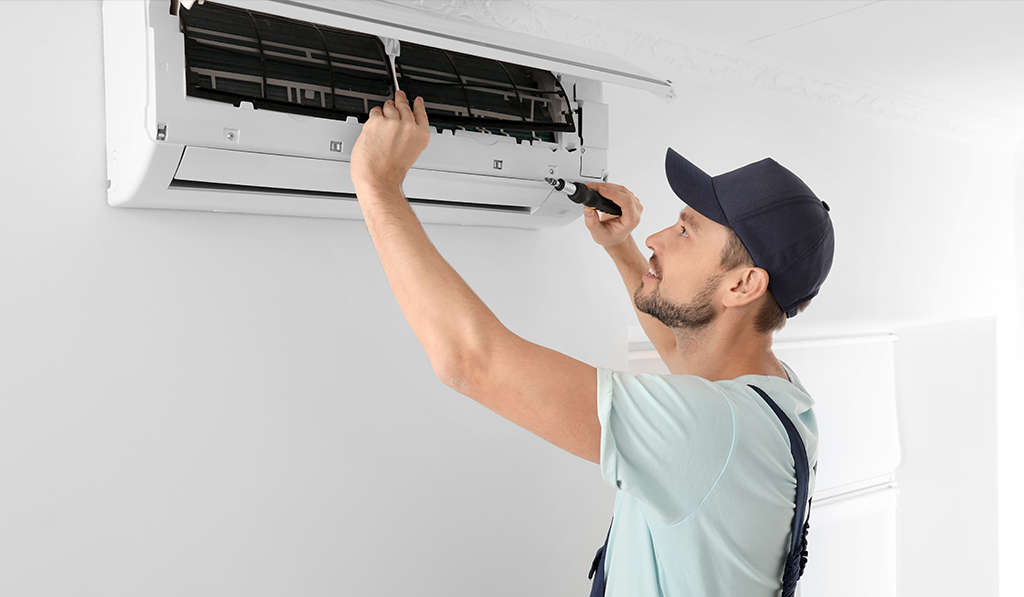HVAC Grants To Apply For
If you’re looking for a new air conditioning or heating system check out these grants which can cover the whole cost.
HVAC (Heating Ventilation and Air Conditioning) systems help in controlling the indoor climate and promoting proper airflow throughout the house. As a result, they ensure homeowners and their families stay comfortable year-round.
However, these systems require regular maintenance to function at high capacity and deliver the best performance. Over time, the maintenance and electric costs can add to thousands of dollars, which most low-income families cannot afford.
Luckily, there are several air conditioning rebates and incentive programs offered by the government to help lower these bills and lead homes to efficiency. Explore the options below to determine if you qualify for an HVAC grant today.
U.S. Department of Agriculture Programs and Grants
The USDA provides low and moderate-income families with funding to secure housing and make vital home improvements and preservation. The grant can cover repairs and replacements for air conditioners, cooling systems, and water heaters. Learn more about USDA grants by consulting your local RD representative or visiting State offices.
Weatherization Assistance Program
The Weatherization Assistance Program (WAP) managed by the U.S. Department of Energy (DOE) aims to reduce energy costs for low-income families by increasing their home’s energy efficiency.
The weatherization services cover cleaning, tuning, repairing, and replacing a household’s heating or cooling system. And by working closely with its companion program Energy Assistance Program, WAP reduces the energy burden in low-income family homes by making them better ventilated, sealed, and insulated.
According to the national evaluation of the program, weatherization improvements and upgrades services offered can save low-income homes an average of $372 or more every year. In fact, since the launch of WAP in 1976, the program has improved the lives of over seven million families.
What’s more interesting, applying for the program is a breeze. You only need to contact your local weatherization agency and fill out an application (it usually takes approximately 20 mins). Once the agency receives your application, it will determine whether you qualify for the weatherization program.
If you don’t meet the eligibility requirements, the agency will most likely add you to a waiting list that’s prioritized based on the greatest need. Keep in mind, that WAP offers qualifying households weatherization improvements and upgrades for free.
Energy Star Rebates
Managed by the U.S. Environment Protection Agency and the U.S. Department of Energy, the Energy Star Rebate program helps consumers save money on energy-efficient appliances and protect the environment. While rebates on siding and roofing are limited, homeowners throughout the country can enjoy rebates on several cooling and heating elements. Visit Energy Star’s Rebate Finder to see if you qualify for savings.
ENERGY STAR Tax Credit
Unlike Energy Star Rebates, the ENERGY STAR tax credit isn’t a government-sponsored grant program. Nevertheless, it allows homeowners to get 10% of the cost up to $500 on qualifying HVAC purchases, including furnaces (gas, oil, or propane), water heaters, and central air conditioners. However, the tax credit only applies to ENERGY STAR certified systems and only existing primary properties can leverage it–not rentals.
The Residential Energy Efficient Property Credit
According to the IRS (Internal Revenue Service), the federal government offers property owners several incentives for making their home’s energy efficient. Before, the incentives covered energy-efficient air conditioning systems, but that’s not the case anymore.
Today, the IRS only offers energy incentives to specific items, such as solar water heaters, solar electric property, and geothermal heat pumps. It’s therefore wise to consult your contractor to identify projects that qualify for tax credits. Also, visit IRS’s official page to learn more about energy incentives.
Housing Improvement Program
The Housing Improvement Program (HIP) is an incentive provided by the U.S Department of the Interior Indian Affairs. It’s a safety-net program that offers grants to low-income American Indians and Alaska Native families. These households can use the funds to cover home repair, renovation, and replacement costs. Interested members of a federally recognized American Indian Tribe or Alaska native can apply for HIP by filling out a BIA Form 6407.
Manufacturer or Energy Provider Rebates
If you don’t qualify for the mentioned government grants, you can always check if your HVAC provider offers rebates. Most times, manufacturers of air conditioning and heating systems provide contractors with rebates. Besides, most local energy providers offer rebates for high-efficiency conditioning systems. You can find more information on this by visiting the Energy STAR rebate finder.
Database of State Incentives for Renewables & Efficiency
Navigating available government grants for water heaters, energy efficiency and furnaces is no simple task. That holds, considering how often these programs expire. But the good news is you can leverage NC Clean Energy Technology Centre’s DSIRE (Database of State Incentives for Renewable & Efficiency) to find the best programs, incentives, or rebates hassle-free.
DSIRE is an extensive, up-to-date database holding all state, federal and local incentives for renewable energy and energy efficiency. Using the database, you can search for the best HVAC grants using zip code or state. Besides that, the website gives you access to all information regarding the program guidelines and eligibility requirements.
In Conclusion
There are a number of HVAC grants available to households across the USA. It might be possible to upgrade your heating or air conditioning system at little to no cost thanks to these grants.

